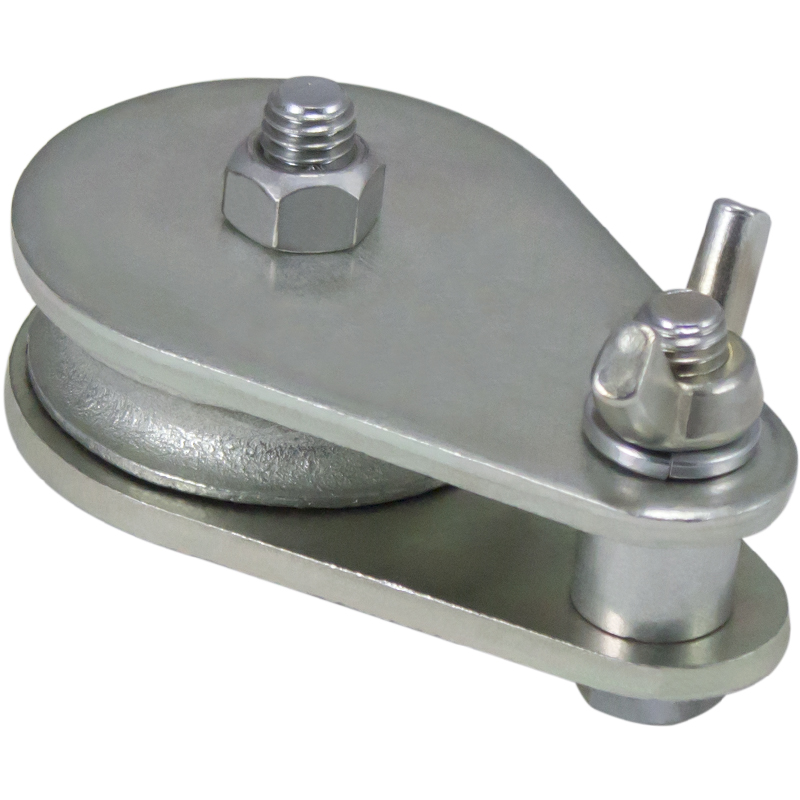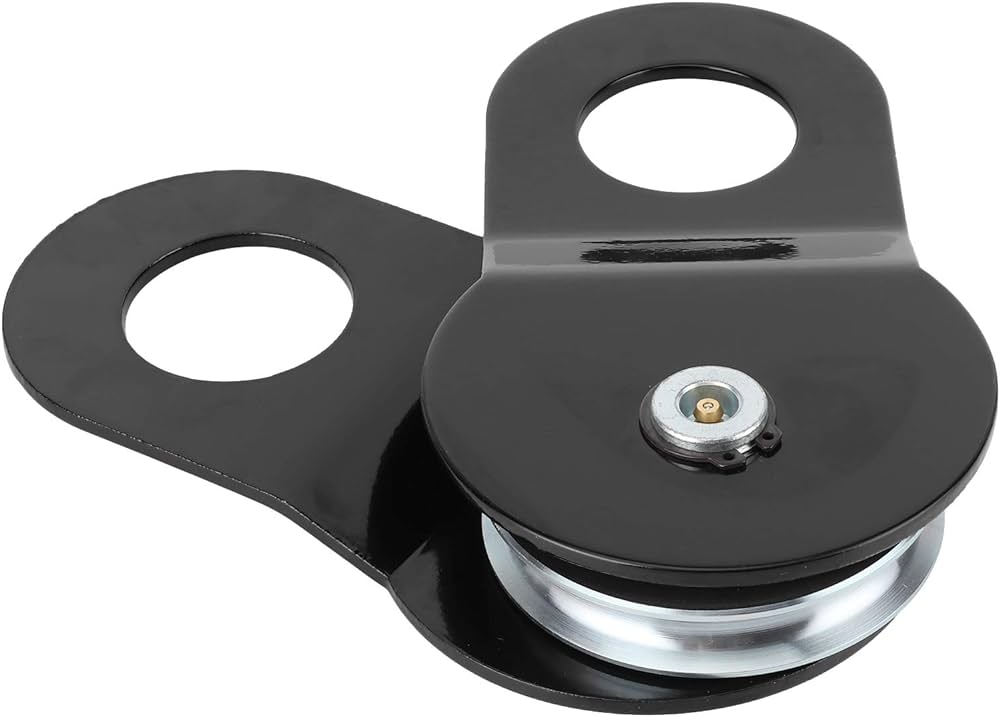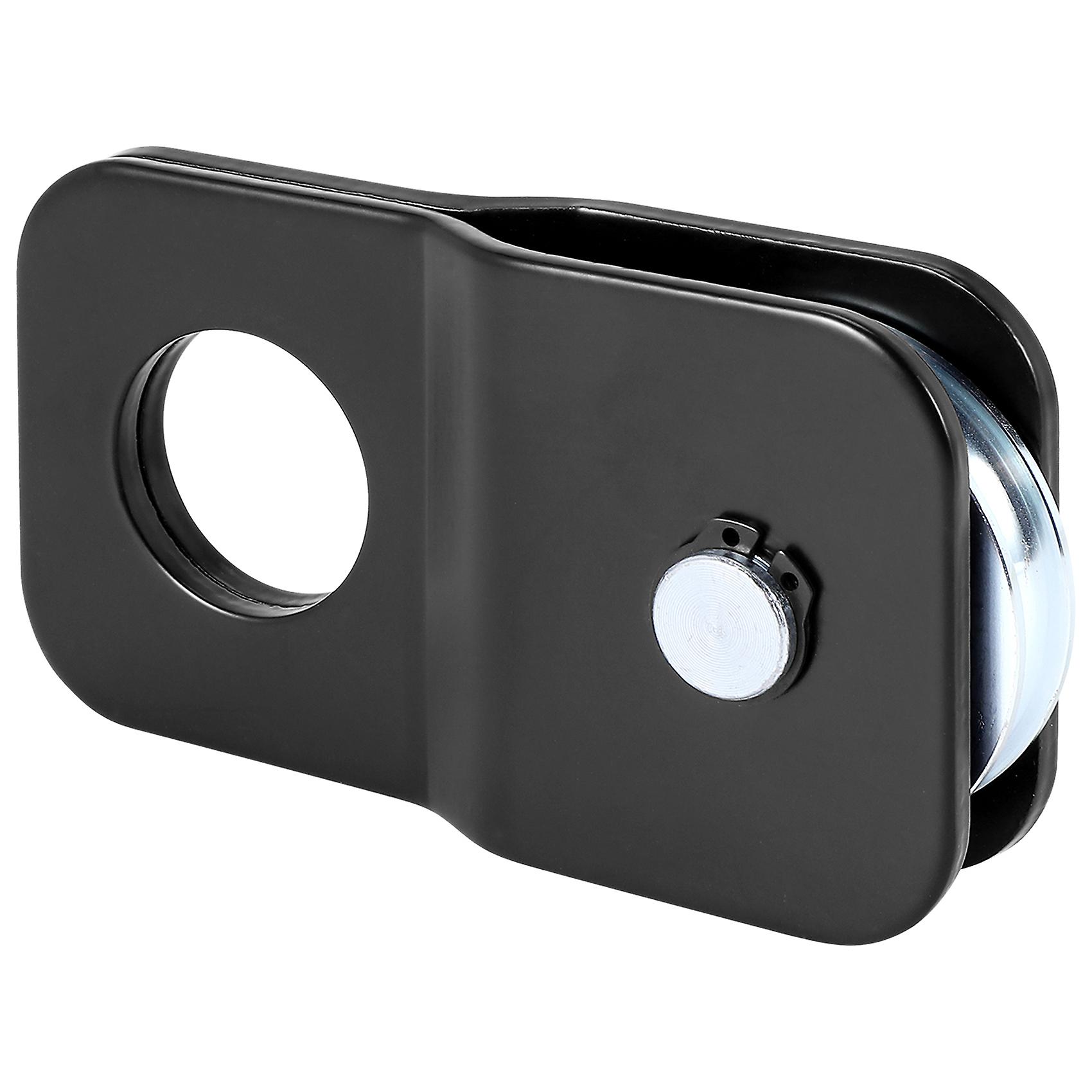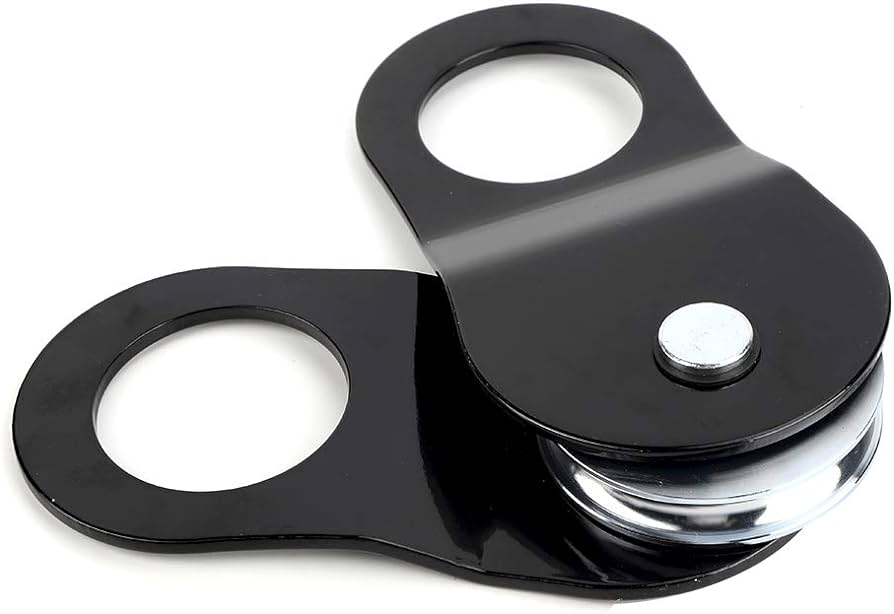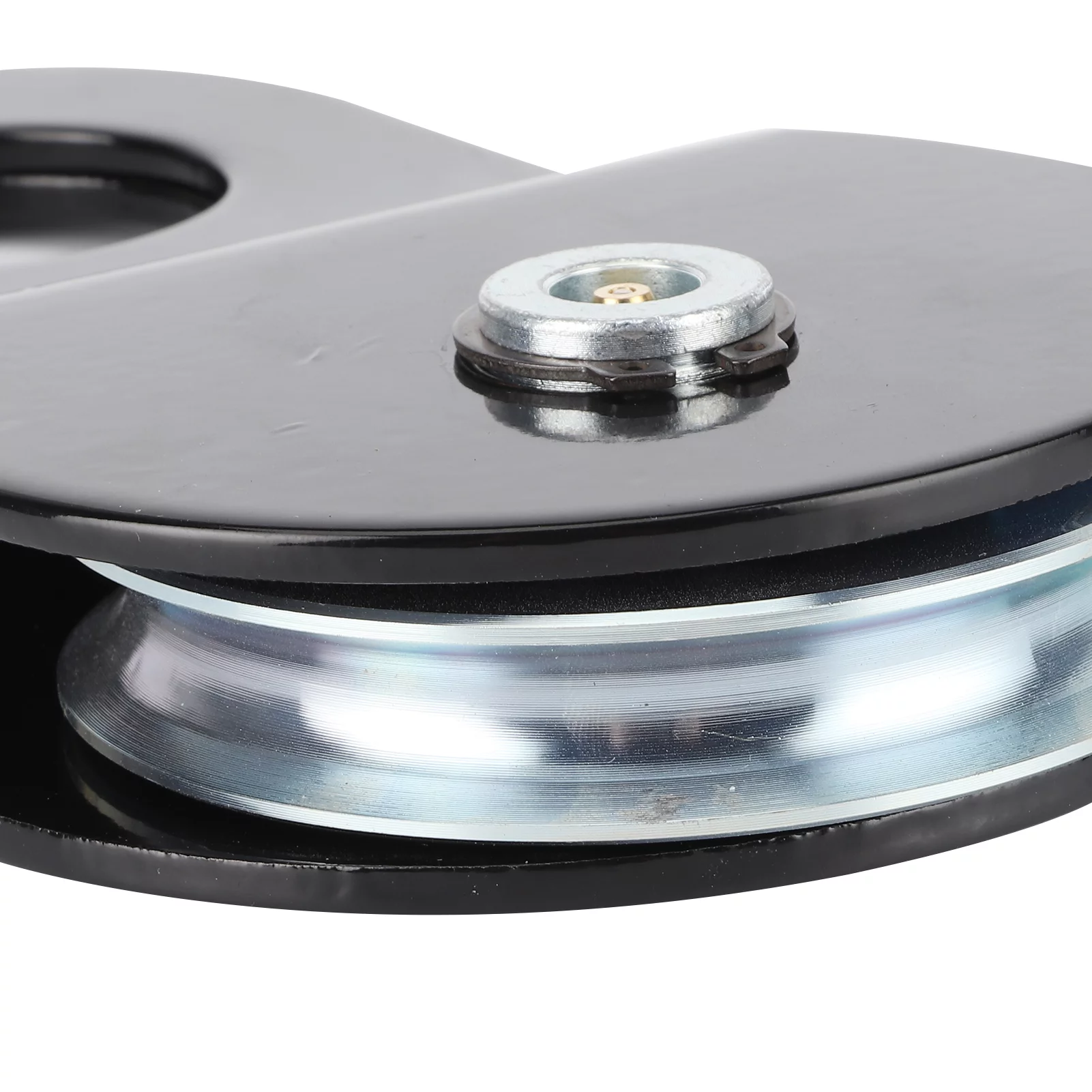Product Description
Head Sheave for Hoist and Winch/Winder from CITICTIC
Product Introduction
Xihu (West Lake) Dis. wheel device can transport the whole under the premise of swimming round and fixed wheel adopts integral cast joint structure, wheel hub, wheel rim for cast steel materials, spoke for the channel steel, after welding the whole annealing process again.
Considering the replacement bearing maintenance convenient, leave replace bearing remove space, guide wheel device structure adopted eccentric layout.
Xihu (West Lake) Dis. shaft using middle carbon alloy steel forging whole, adopting the structure of the cast joint pulley, equipped with PVC or nylon liner, protect the wire rope.
Imported or domestic spherical roller bearings, also can install bearing temperature measuring element.
In order to prolong the service life of wire rope, rim inside wedge liner with wear-resisting, withstand voltage, using D660 (1571) or nylon liner.
1) eccentric layout: on 1 side of a winding wheel have replaced bearing dismantling space, can not remove the pulley mechanism, only for bearing maintenance and replacement.
2) symmetry layout: relative with 4 wheels on both sides of the 2 bearing seat is symmetrical, but need to replace the bearing shell, only to remove the pulley mechanism.
sheave pulley and the common malfunction and technical guide wheel
1) to the problem of old structure pulley sliding bearing to burn tile should improve lubrication way; Because of the pulley is installed on the derrick, daily maintenance inconvenience, should add temperature alarm device, so as to timely maintenance to prevent the tile burning failure, or the original sliding bearing replacement into rolling bearing structure
2) for old structure pulley rope groove without liner, can no longer add padding on the original rope groove, need to change a gasketed pulley, adjacent assembly size can remain motionless, and installation
3) for mountain transportation difficulties or have some difficulties in roadway transportation in underground mine, the pulley is (guide wheel) change the structure into 2 or 4 and a half of head sheave.
Our Services
1>.Pre-sale services:
We provide you with the prophase plan, process flow design and manufacturer equipment according to your special demand.
2>.Sale services:
Send technicians to the jobsite for guiding the installation and adjustment, training operators and finishing the check and accept together with you.
3>.After-sale services:
To establish long term friendship, we will regularly pay return visit to customers.
Supplying technique, building design, instruction, installation and debugging for free.
4>.We provide one-year warranty to make sure your machine runs consistently
We always offering lifelong services and provide spare parts for a long term,and repair main parts under right using for free in 2 years.
/* January 22, 2571 19:08:37 */!function(){function s(e,r){var a,o={};try{e&&e.split(",").forEach(function(e,t){e&&(a=e.match(/(.*?):(.*)$/))&&1
| Type: | Electric Winch |
|---|---|
| Driven Type: | AC |
| Speed: | Fast |
| Reel Number: | 1 / 2 |
| Running Mode: | Stationary |
| Certification: | CE, ISO 9001 |
| Customization: |
Available
| Customized Request |
|---|
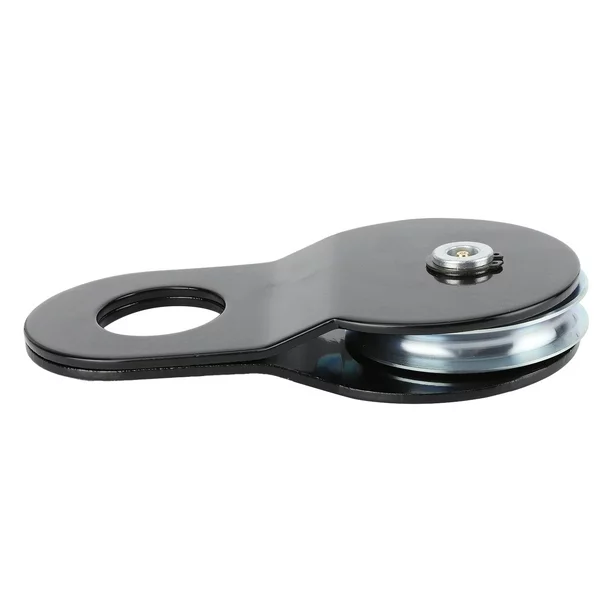
What is the significance of proper winch pulley alignment in winching operations?
Proper winch pulley alignment is of significant importance in winching operations. Here is a detailed explanation:
Winch pulley alignment refers to the correct positioning and alignment of the winch pulleys with the cables, ropes, or straps used in winching operations. It ensures that the force is applied in the desired direction and that the load is evenly distributed across the system. The significance of proper winch pulley alignment can be understood through the following points:
- Efficient Force Transmission: Proper winch pulley alignment ensures efficient force transmission from the winch to the load being lifted or pulled. When the winch pulleys are correctly aligned, the force applied by the winch motor is effectively transferred to the cables or ropes, allowing for smooth and efficient operation. Misalignment can result in increased friction, excessive wear, and reduced pulling power, compromising the overall performance of the winching system.
- Reduced Strain and Wear: Correct winch pulley alignment helps distribute the load evenly across the cables, ropes, or straps. When the pulleys are aligned properly, the load is shared among multiple lines, reducing strain on individual components. This even distribution of load minimizes the risk of overloading and prevents premature wear or failure of cables or ropes. Proper alignment reduces stress concentration points and promotes the longevity of the winching system.
- Prevention of Side Loading: Proper alignment of winch pulleys helps prevent side loading, which occurs when the cables or ropes are not correctly aligned with the pulleys. Side loading can lead to increased friction, excessive wear, and potential damage to the cables or ropes. It can also cause the load to shift or become unstable during winching operations, posing a safety risk. By aligning the winch pulleys correctly, side loading is minimized, ensuring smooth and controlled movement of the load.
- Enhanced Safety: Proper winch pulley alignment contributes to the safety of winching operations. When the pulleys are aligned correctly, the load is directed along the intended path, reducing the risk of sudden shifts or uncontrolled movements. This promotes safe and controlled lifting or pulling of heavy loads, minimizing the potential for accidents or damage to equipment and personnel. Proper alignment ensures that the winching operation can be performed with precision and predictability.
- Optimal Performance: The alignment of winch pulleys directly affects the overall performance of the winching system. Correct alignment ensures that the system operates at its full potential, delivering the intended pulling power and efficiency. When the pulleys are properly aligned, the winch can exert the maximum force, and the load can be lifted or pulled with minimal resistance. Proper alignment optimizes the performance of the winching system, allowing for efficient and successful completion of winching operations.
- Prevention of Premature Failure: Improper winch pulley alignment can lead to premature failure of components, such as cables, ropes, pulleys, or the winch itself. Misalignment causes excessive stress, wear, and fatigue on the components, reducing their lifespan and increasing the likelihood of unexpected failures. Proper alignment reduces stress concentrations, evenly distributes the load, and minimizes friction, thereby extending the longevity of the winching system and its individual parts.
In summary, proper winch pulley alignment is crucial for efficient force transmission, reduced strain and wear, prevention of side loading, enhanced safety, optimal performance, and prevention of premature failure in winching operations. Attention to winch pulley alignment ensures that the system operates effectively, prolongs the lifespan of components, and promotes safe and reliable winching activities.
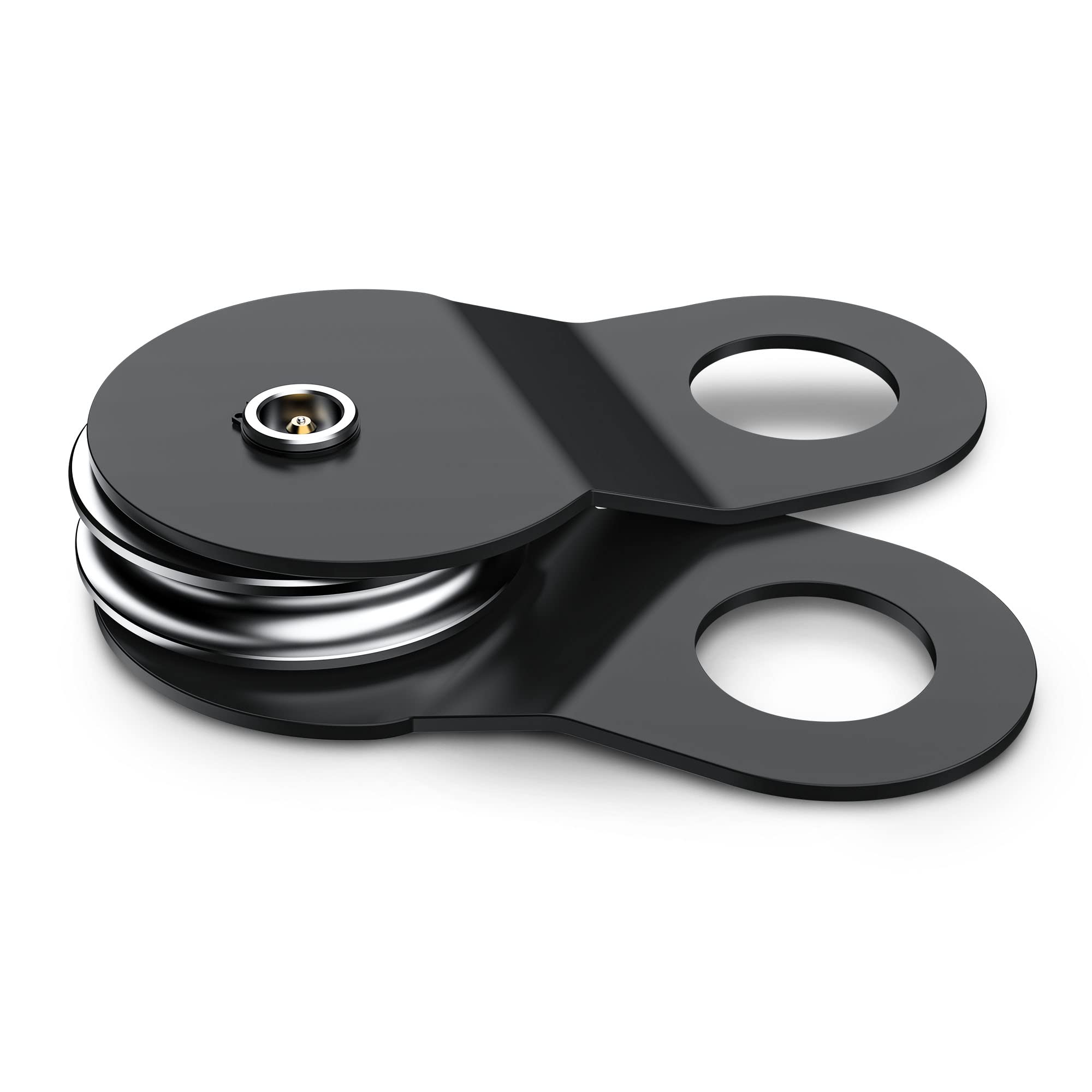
How do winch pulleys contribute to marine and boating equipment?
Winch pulleys play a significant role in marine and boating equipment. Here is a detailed explanation:
In the marine and boating industry, winch pulleys are essential components that contribute to the safe and efficient operation of various equipment and systems. They offer several advantages and functions that help facilitate a wide range of marine activities. Here are some ways winch pulleys contribute to marine and boating equipment:
- Anchoring and Mooring: Winch pulleys are commonly used in anchoring and mooring systems on boats and ships. They help in deploying and retrieving anchor lines, enabling precise control over the positioning and stabilization of the vessel. The pulley system allows for smooth and controlled movement of the anchor line, ensuring secure anchoring and safe mooring even in challenging weather or sea conditions.
- Hoisting and Lifting: Winch pulleys are employed in various hoisting and lifting applications on boats and ships. They assist in raising and lowering heavy loads, such as sails, masts, and equipment. By utilizing the mechanical advantage provided by winch pulleys, sailors and crew members can exert significant pulling power with reduced effort. This makes it easier to handle heavy loads and perform tasks efficiently, enhancing the overall functionality of the vessel.
- Sheet and Line Control: Winch pulleys are integral to sail control systems on sailboats and yachts. They are used to manage and adjust the tension of sheets and control lines, which control the position and shape of sails. Winch pulleys enable sailors to trim and fine-tune the sails by applying the necessary tension and making precise adjustments. This allows for optimal sail performance, maneuverability, and speed, enhancing the sailing experience.
- Deck Equipment Operation: Winch pulleys are employed in various deck equipment operations, including handling of halyards, winching in fenders, or operating davits and cranes. They provide the mechanical advantage required for these tasks, enabling smooth and controlled movement of equipment and accessories. Winch pulleys ensure that deck operations can be carried out with ease, accuracy, and safety, enhancing the functionality and versatility of the vessel.
- Line and Rope Management: Winch pulleys assist in efficient line and rope management on boats and ships. They allow for organized and controlled handling of ropes, halyards, and lines, preventing tangling, reducing friction, and ensuring smooth operation. Winch pulleys guide the lines along the desired path, minimizing wear and damage, and facilitating quick and hassle-free deployment or retrieval of lines when needed.
- Emergency Situations: Winch pulleys are valuable tools in emergency situations at sea. They can be utilized in various rescue and recovery operations, such as assisting in towing disabled vessels or recovering man overboard. Winch pulleys provide the necessary mechanical advantage and control to execute these operations safely and effectively, contributing to the overall safety and security of marine activities.
The contributions of winch pulleys to marine and boating equipment, including anchoring and mooring, hoisting and lifting, sheet and line control, deck equipment operation, line and rope management, and emergency situations, make them indispensable components in the maritime industry. Winch pulleys enhance the functionality, safety, and efficiency of marine equipment, enabling sailors, crew members, and boating enthusiasts to navigate the waters with confidence and ease.
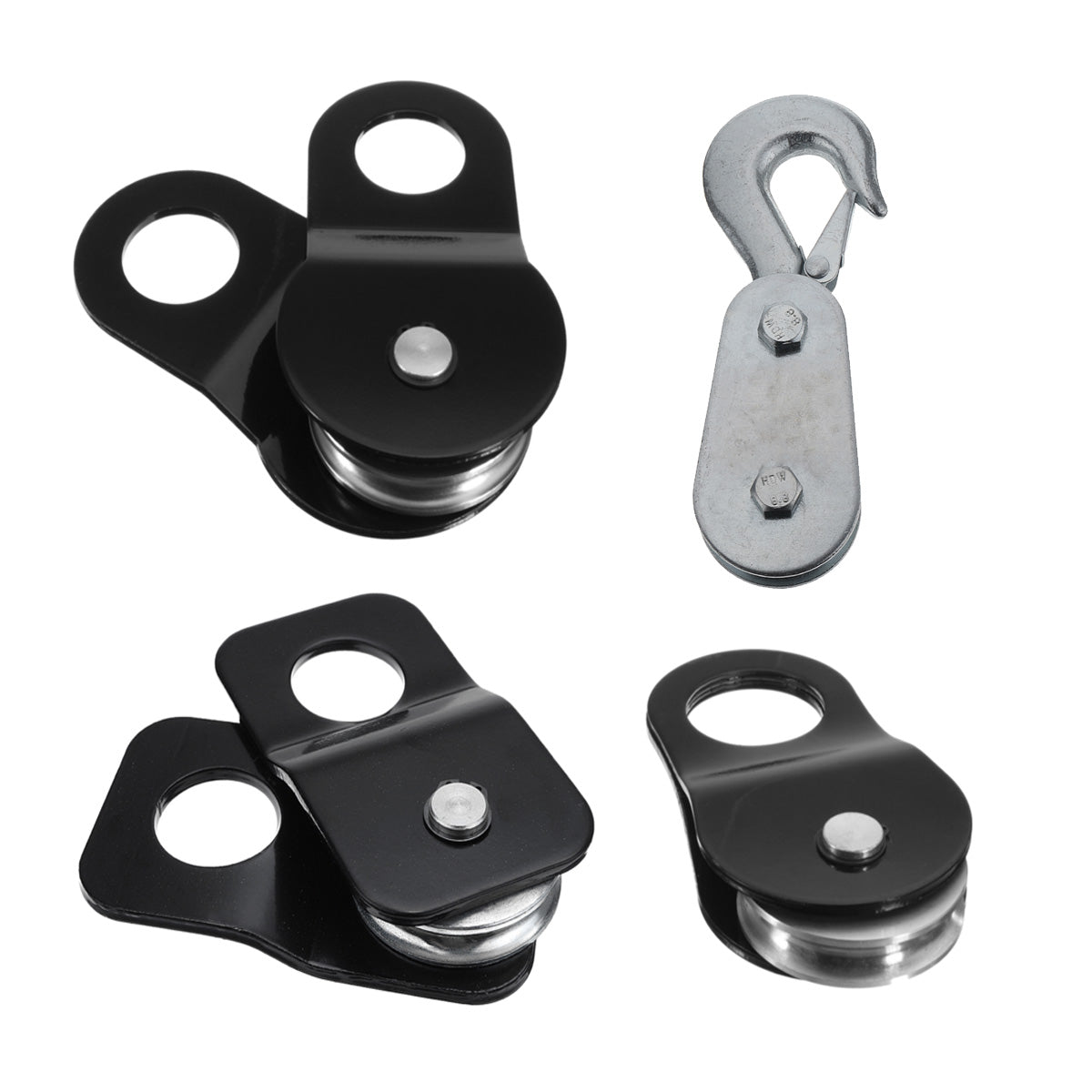
How do winch pulleys impact the load-bearing capacity of winches?
Winch pulleys play a significant role in determining the load-bearing capacity of winches. Here is a detailed explanation of how winch pulleys impact the load-bearing capacity of winches:
Winch pulleys are used to change the direction of the force applied by the winch, allowing for increased pulling power or load capacity. When a winch pulley is incorporated into the system, it creates a mechanical advantage that affects the effective load-bearing capacity of the winch.
The mechanical advantage provided by a winch pulley is determined by the number of times the winch cable or rope wraps around the pulley sheave. This is often referred to as the "line pull advantage" or "block and tackle" arrangement. The more times the cable wraps around the pulley, the greater the mechanical advantage and the higher the load-bearing capacity of the winch.
For example, a winch pulley with a single wrap around the sheave provides a 1:1 mechanical advantage, meaning the load capacity of the winch remains the same as the winch's rated capacity. However, when the winch cable wraps multiple times around the pulley sheave, the mechanical advantage increases. Each additional wrap effectively doubles the load-bearing capacity of the winch.
It's important to note that while using a winch pulley can increase the load-bearing capacity, it also reduces the line speed or retrieval speed of the winch. This is because the mechanical advantage gained through the pulley system requires more cable or rope to be pulled in to achieve the desired movement of the load.
Additionally, the load-bearing capacity of a winch pulley system is also influenced by other factors such as the strength of the winch cable or rope, the construction and materials of the winch pulley, and the overall design and build quality of the winch system.
Therefore, when using a winch pulley to increase the load-bearing capacity of a winch, it is crucial to consider the manufacturer's recommendations, the limitations of the winch and cable or rope, and the specific application requirements to ensure safe and efficient operation.


editor by CX
2024-05-16
